Embracing the Astonishing Power of Solar Lights for Nighttime Illumination IN an era where environmental consciousness and sustainable living are gaining traction, the utilization of solar lights has emerged as a groundbreaking innovation in the field of outdoor lighting. By harnessing the infinite potential of renewable energy, these solar-powered lights have revolutionized the way we illuminate our surroundings while contributing to a greener and more sustainable future.
With their remarkable ability to convert sunlight into electricity, solar lights have become a beacon of hope for those seeking eco-friendly alternatives to traditional lighting solutions. By tapping into this limitless resource, we can reduce our carbon footprint and make significant strides towards achieving a more harmonious coexistence with nature. The benefits offered by solar lights extend far beyond their environmental impact.
These remarkable devices provide lighting that is not only cost-effective but also highly efficient. With no dependency on external electrical sources or cumbersome wiring systems, they offer unparalleled flexibility in terms of installation and positioning. Furthermore, solar lights are designed to withstand even the harshest weather conditions, ensuring long-lasting durability and reliability.
Whether it’s illuminating walkways, enhancing landscapes, or providing security lighting, these versatile devices can effortlessly adapt to a wide array of outdoor applications. Moreover, by embracing solar lights as our preferred nighttime illumination solution, we are embracing a brighter future that prioritizes sustainability without compromising on style or functionality.
With an ever-increasing range of designs and aesthetics available in the market today, it has become easier than ever to integrate these eco-conscious lighting options seamlessly into any outdoor setting. In conclusion, let us embrace the awe-inspiring power of solar lights as we embark on a journey towards a greener tomorrow. By choosing renewable energy solutions such as solar-powered lights for our outdoor lighting needs, we not only contribute to reducing our ecological impact but also pave the way for a more sustainable and brighter world for generations to come.
The Factors That Affect the Duration of Solar Lights During Nighttime
When it comes to solar lights, understanding the factors that affect their duration during nighttime is crucial. By considering these factors, you can make informed decisions about the lifespan and performance of your solar lights.
One important factor is the solar panel efficiency. The efficiency of the solar panel determines how effectively it can convert sunlight into electricity. A higher efficiency means more energy is generated, resulting in longer-lasting lights during nighttime.
Battery capacity also plays a significant role in determining how long your solar lights will last. The capacity of the battery determines how much energy it can store and subsequently provide to power the lights. A larger battery capacity translates to longer durations of illumination.
Sunlight exposure is another critical factor affecting solar light duration. The amount and quality of sunlight received by the solar panel directly impact its ability to charge and store energy for nighttime use. Areas with ample sunlight exposure will generally have longer-lasting solar lights.
Additionally, weather conditions can impact the performance of solar lights at night. Cloudy or rainy weather reduces the amount of sunlight available for charging, potentially leading to shorter durations of illumination.
By considering these factors – including solar panel efficiency, battery capacity, sunlight exposure, and weather conditions – you can optimize your use of solar lights and ensure they provide reliable illumination throughout the night.
Solar Panel Efficiency and Sunlight Exposure
solar panel efficiency, photovoltaic cells, direct sunlight exposure, angled installation Increase your solar panel efficiency with optimal sunlight exposure and angled installation. By understanding the relationship between photovoltaic cells and direct sunlight, you can maximize the energy output of your solar system. Photovoltaic cells are at their most efficient when they receive direct sunlight. This means that the panels should be positioned in a way that minimizes shading from trees, buildings, or other obstacles. By ensuring unobstructed access to sunlight throughout the day, you can harness more energy from your solar panels. Another factor to consider is the angle of installation. The tilt or tilt angle of your solar panels plays a crucial role in maximizing their efficiency. In general, for locations closer to the equator, it is recommended to install solar panels at an angle equal to latitude for maximum energy production throughout the year. However, if you live in a region with varying seasonal sun angles like higher latitudes, adjusting panel angles seasonally might yield better results. Additionally, angled installations help minimize dust accumulation on the surface of solar panels by allowing rainwater to wash away dirt more effectively. This ensures that your panels stay clean and operate at peak performance levels. By optimizing both direct sunlight exposure and angled installation of your solar panels, you can significantly increase their efficiency and overall energy generation capacity. Investing time and effort in these factors will pay off in terms of higher electricity savings and environmental benefits for years to come.
Battery Capacity and Energy Storage
Battery capacity and energy storage are crucial factors to consider when it comes to portable electronic devices and renewable energy systems. The lifespan of a battery, as well as its capacity rating in milliampere-hours (mAh), play a significant role in determining the overall performance and usability of these devices.
Battery lifespan refers to the duration for which a battery can provide reliable power before its performance starts to degrade. This is an important consideration, especially for devices that require long-term usage or for renewable energy systems that need consistent power supply over an extended period. By understanding the expected lifespan of a battery, users can make informed decisions about their device usage patterns and plan for necessary replacements or maintenance.
On the other hand, battery capacity rating, often measured in mAh, indicates how much charge a battery can hold. A higher capacity rating means more energy storage capabilities, allowing devices to operate for longer periods without requiring frequent recharging. This is particularly important for portable electronic devices such as smartphones and tablets that are heavily relied upon throughout the day.
In addition to powering portable electronic devices, energy storage capabilities also play a crucial role in renewable energy systems. These systems harness clean sources of energy such as solar or wind power but require efficient energy storage solutions to ensure continuous supply during periods of low generation or high demand. Batteries with high-energy storage capabilities enable effective integration of renewable energy into existing grids and help reduce reliance on fossil fuels.
In conclusion, understanding battery lifespan and capacity ratings is essential when evaluating the performance and usability of portable electronic devices and renewable energy systems. By considering these factors, users can make informed decisions about their device usage patterns while also contributing towards sustainable energy practices.
Weather Conditions and Seasonal Variations
weather impact on solar lights’ performance, winter conditions and reduced sunlight exposure Weather conditions can indeed have an impact on the performance of solar lights, especially during the winter season when sunlight exposure is reduced. However, it’s important to note that advancements in solar technology have made these lights more resilient and efficient in various weather conditions. During colder months, lower temperatures can affect battery performance and reduce the overall brightness of solar lights. Additionally, shorter days mean less sunlight for charging the batteries. As a result, you may notice a decrease in illumination duration or intensity. To mitigate these challenges, manufacturers have incorporated features such as larger-capacity batteries and advanced light sensors into their solar lights. These improvements help optimize energy storage and ensure efficient usage even in areas with limited sunlight exposure. Moreover, many modern solar lights are designed to withstand harsh weather conditions such as rain, snow, and frost. They are built with durable materials that can resist corrosion and damage caused by extreme temperatures. If you live in an area with long winters or limited sunlight exposure throughout the year, it’s advisable to choose solar lights specifically designed for such conditions. Look for products with high-quality components that prioritize energy efficiency and durability. Regular maintenance is also essential to keep your solar lights performing optimally all year round. Clearing away snow or debris from the panels will enhance their ability to capture sunlight effectively. In summary, while weather conditions and reduced sunlight exposure during winter may impact the performance of solar lights to some extent, advancements in technology have greatly improved their resilience. By choosing well-designed products and ensuring regular maintenance practices are followed, you can enjoy reliable illumination from your solar lights regardless of seasonal variations.
Tips to Maximize the Duration of Your Solar Lights at Night:
To ensure that your solar lights shine bright throughout the night, it’s important to follow a few maintenance tips. By taking proper care of your solar lights, you can maximize their duration and enjoy their benefits for longer.
One crucial aspect of solar light maintenance is keeping the solar panels clean and properly positioned. Over time, dust, dirt, and debris can accumulate on the panels, reducing their efficiency. Regularly clean the panels with a soft cloth and mild detergent to remove any build-up. Additionally, make sure that the panels are positioned in an area where they receive ample sunlight during the day.
Another essential tip is to regularly check the batteries of your solar lights. Over time, batteries may lose their capacity or become damaged. Check them periodically to ensure they are functioning optimally. If you notice any signs of deterioration or if your lights are not staying illuminated as long as they used to, consider replacing the batteries with new ones.
Additionally, it’s crucial to position your solar lights strategically. Place them in areas where they receive direct sunlight for maximum charging efficiency during the day. Avoid placing them in shaded areas or under trees that may block sunlight.
By following these simple yet effective tips for solar light maintenance – cleaning and positioning of solar panels, along with regular battery checks and replacements when necessary – you can extend the duration of your solar lights at night and enjoy their illumination for years to come.
The Average Lifespan of Solar Lights at Night: What to Expect?
To ensure that your solar lights shine brightly throughout the night, it’s crucial to follow a few maintenance tips. By implementing these practices, you can maximize the duration and performance of your solar lights.
Firstly, proper cleaning and positioning of the solar panels is essential. Over time, dust, dirt, and debris can accumulate on the panels, hindering their ability to absorb sunlight effectively. Regularly clean the panels with a soft cloth or sponge to remove any build-up. Additionally, ensure that the solar panels are positioned in an area where they receive maximum sunlight exposure during the day.
Regular battery checks are also vital for maintaining optimal performance. Solar lights rely on rechargeable batteries to store energy during daylight hours for use at night. Periodically check the batteries to ensure they are functioning correctly and holding a charge. If you notice any signs of deterioration or decreased performance, consider replacing them with new ones.
Furthermore, pay attention to seasonal changes that may affect your solar lights’ performance. In areas with harsh winters or extended periods of cloudy weather, it may be necessary to temporarily relocate your lights or provide additional charging options such as auxiliary solar panels.
By implementing these maintenance tips – proper cleaning and positioning of solar panels and regular battery checks – you can maximize the duration of your solar lights at night. This will not only enhance their longevity but also ensure they continue illuminating your outdoor spaces effectively for years to come.
xpectations, typical lifespan range for high-quality solar-powered lights (based on usage patterns and maintenance)
Celebrate Sustainable Lighting with Long-Lasting Solar Lights!
sustainable lighting solutions, benefits of using solar-powered outdoor lighting systems (cost-effective, eco-friendly alternatives to traditional lighting)
Welcome to the world of sustainable lighting! In an era where environmental consciousness is at its peak, it’s time to celebrate the power of long-lasting solar lights. These innovative lighting solutions not only provide a cost-effective alternative to traditional lighting but also offer a greener and more eco-friendly approach.
Solar-powered outdoor lighting systems have rapidly gained popularity due to their numerous benefits. Firstly, they are incredibly cost-effective as they harness the power of the sun, eliminating the need for electricity consumption and reducing utility bills. With solar lights, you can enjoy beautiful outdoor illumination without worrying about hefty energy costs.
But it doesn’t stop there – these solar lights are champions of sustainability. By utilizing renewable energy from the sun, they significantly reduce carbon emissions and contribute towards a cleaner environment. Unlike traditional lighting systems that rely on fossil fuels or electricity generated from non-renewable sources, solar lights are a greener choice that aligns with your commitment to preserving our planet.
Furthermore, these long-lasting solar lights require minimal maintenance compared to their counterparts. Once installed, they operate automatically by charging during the day and illuminating your outdoor spaces at night. This means less hassle and more time for you to enjoy your well-lit surroundings.
So why not embrace sustainable lighting solutions? By choosing long-lasting solar lights, you not only save money but also play an active role in creating a brighter future for our planet. Let’s celebrate sustainable lighting and make a positive impact on our environment today!


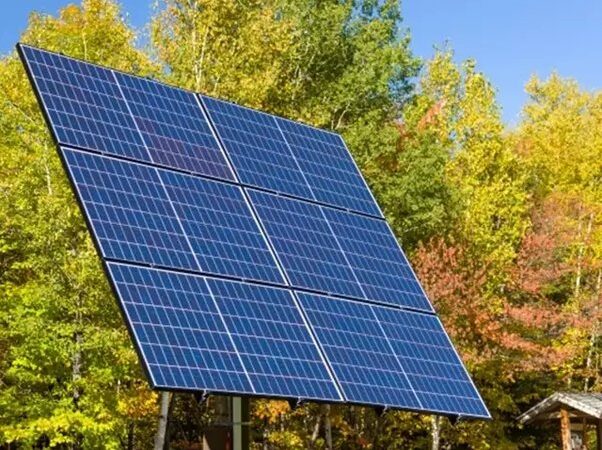
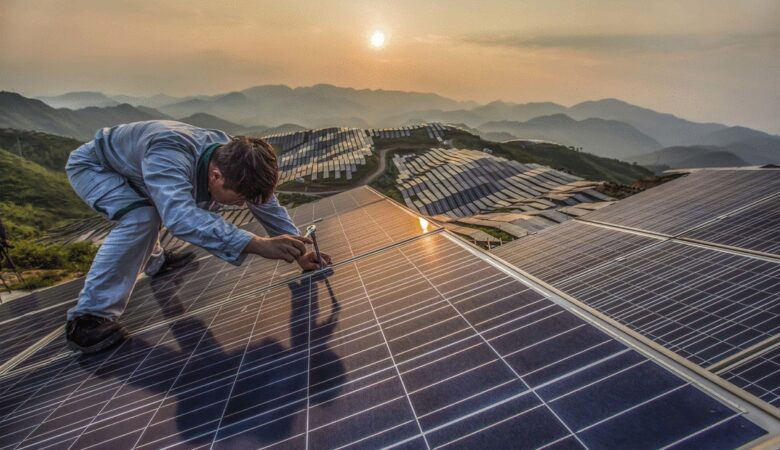
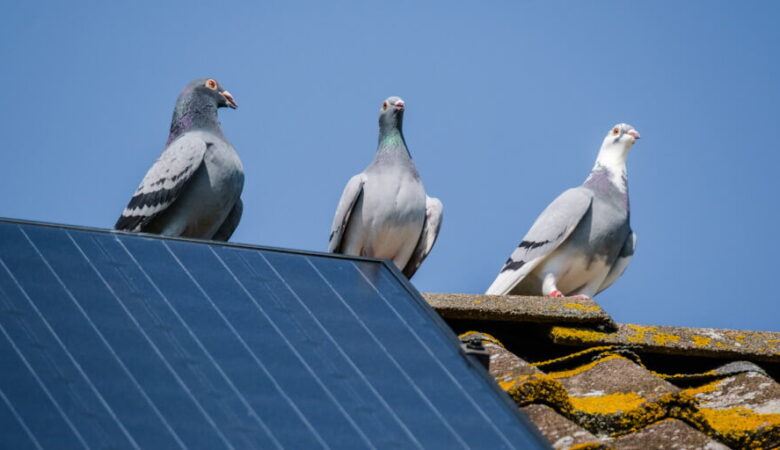
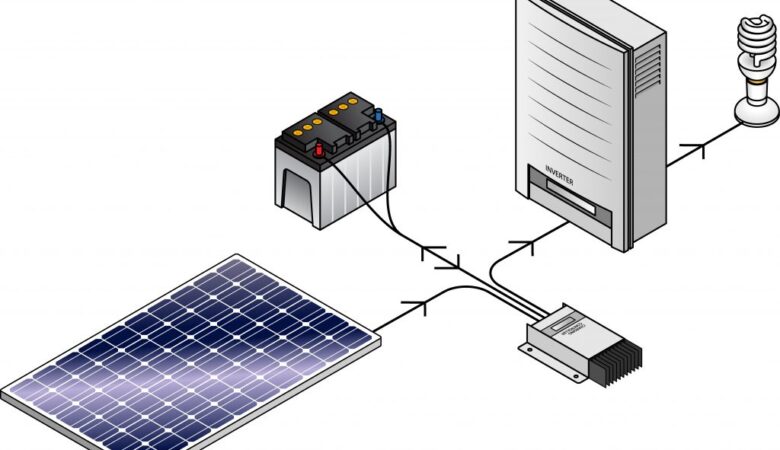
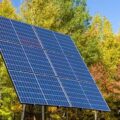


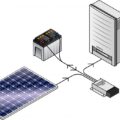

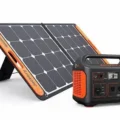
Leave a Reply